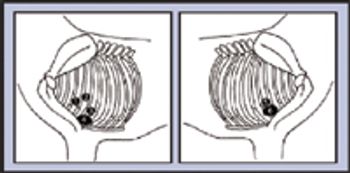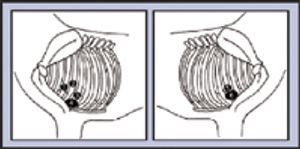
Veterinarians are often limited to drawing conclusions about a patients response to therapy following a 15 minute examination within the confines of the veterinary hospital.
Tufts Veterinary Emergency Treatment & Specialties
Walpole, Mass.

Veterinarians are often limited to drawing conclusions about a patients response to therapy following a 15 minute examination within the confines of the veterinary hospital.

Dr. Barret Bulmer examines a handy tool for your iPhone that lets you record ECGs.

CDVD is the most common cause of cardiac disability in dogs. The disease process is best described as myxomatous degeneration of the heart valves wherein the integrity of the valves is compromised often resulting in valvular insufficiencies.

Diuretics (reduction in preload), vasodilators (reduction in preload or afterload), angiotensin converting-enzyme inhibitors (reduce afterload and preload, reduce fibrosis), and positive inotropic drugs (increase contractility, may reduce regurgitant volume) all have demonstrated the capacity to lessen the severity of mitral regurgitation and dilated cardiomyopathy under certain conditions.

The electrocardiogram (ECG) is a commonly employed diagnostic tool to help in the evaluation of cardiac arrhythmias, to help detect cardiac chamber enlargement, and to identify electrolyte abnormalities.

A systematic approach to the evaluation of the ECG will ensure against overlooking important abnormalities.

The cause(s) of dilated cardiomyopathy (DCM) in dogs is (are) unknown. Some of the proposed causes of DCM include: genetic defect(s), viral infection, microvascular spasm, chemical toxin(s), dietary deficiency, and immune-mediated processes.

The primary objectives of the cardiovascular evaluation for animals with congenital heart disease are to define the nature and severity of the anatomic defect present. Familiarity with the available therapeutic options, their efficacy and limitations is necessary before an accurate prognosis can be offered to the owner.

Myocardial disease is the most frequently diagnosed type of heart disease in the cat.

We often underuse the auscultation and physical examination techniques our predecessors mastered to successfully evaluate the cardiovascular system. Instead, we lean on echocardiography to offset the subtle nuances we fail to recognize.

Published: January 1st 2006 | Updated:

Published: April 1st 2010 | Updated:

Published: April 1st 2010 | Updated:

Published: April 1st 2010 | Updated:

Published: April 1st 2010 | Updated:

Published: April 1st 2010 | Updated: